The boiler heating element in this 6-year-old GE Range failed prematurely. An electric short developed between the nichrome heater wire inside the heating element and the outer steel sheath. The arc spread to the top of the steel body, and melted holes in the steel oven body. Furthermore, the arcing continued even after the oven was cut off. The latter is because oven elements are powered from two 120 VAC sources that are 180° out of phase (the resultant voltage is 240 VAC) and turning the oven control knob off only cuts off one of the two 120 VAC sources. This is not a problem unless there is a short to ground. Both the steel sheath of the heating element and the steel body of the oven are at ground potential.
The events described have been captured in a least ten YouTube Videos (See YouTube Videos below)
For Maximum Resolution, Click on the Body of a Picture.
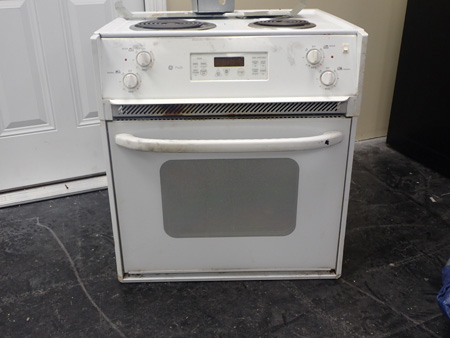
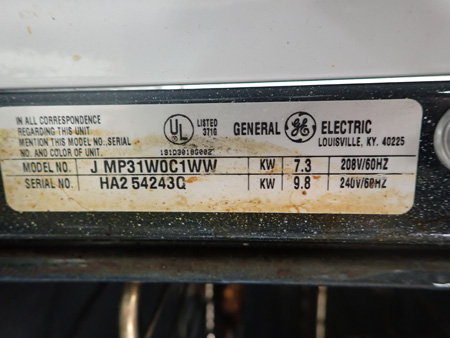
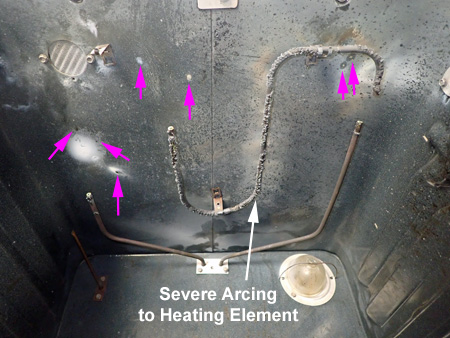
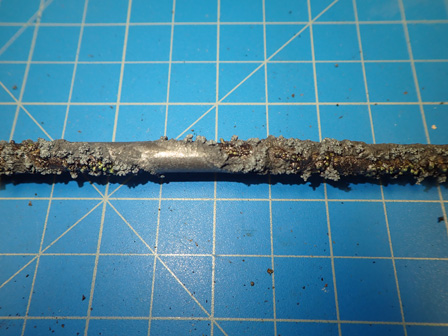
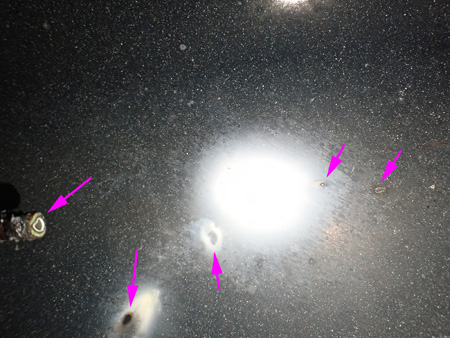
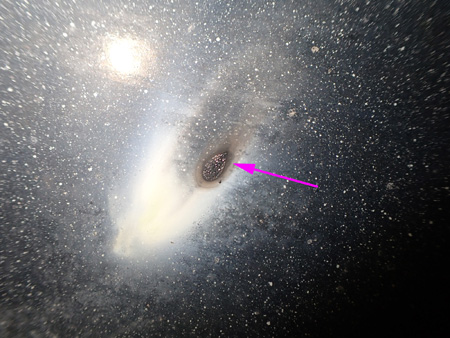
The heating element in this 13-year-old Jenn-Air double oven failed and arced to the frame the oven. The homeowner cut off the oven, but the arcing continued. He attempted to extinguish the arc with a fire extinguisher, but he was unsuccessful. The volunteer fire departed tried a larger fire extinguisher, but they too were unsuccessful. The arcing stopped when the electric meter was pulled. Unfortunately, when I arrived at the scene, the heating element was not present. However, arcing damaged to the porcelain enamel at the bottom of the oven was clearly visible.
For Maximum Resolution, Click on the Body of a Picture.
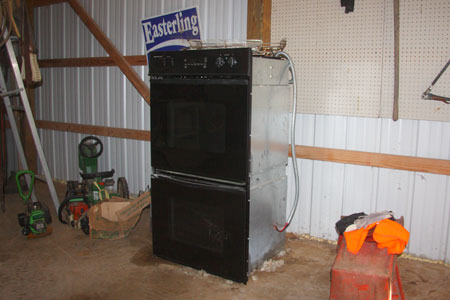
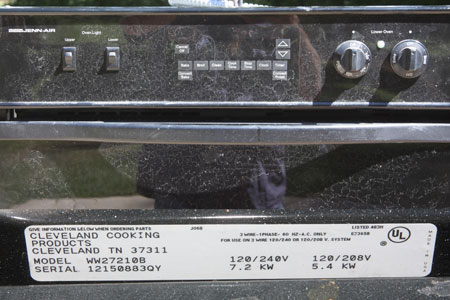
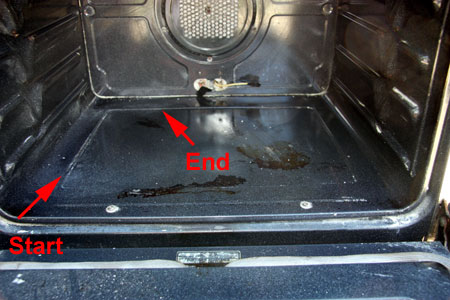
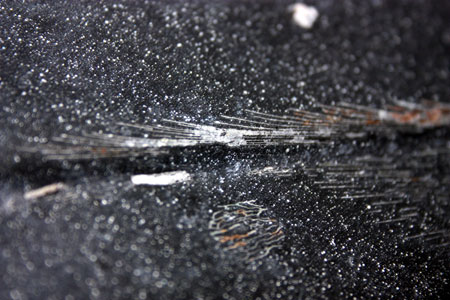
This is not as uncommon as I once through it was. The ten YouTube videos depict the arcing as it occurs:
Time Lapse of Oven Element BurnoutThe same phenomena can occur on a range surface burner or cooktop. However, unlike an oven the control switch will cutoff both 120 sources and stop the arcing. See YouTube Video below:
Stove Eye ExplodedThis You Tube video showed a hot spot on an oven heating element that will develop into a failure:
Oven Element Hot Spot